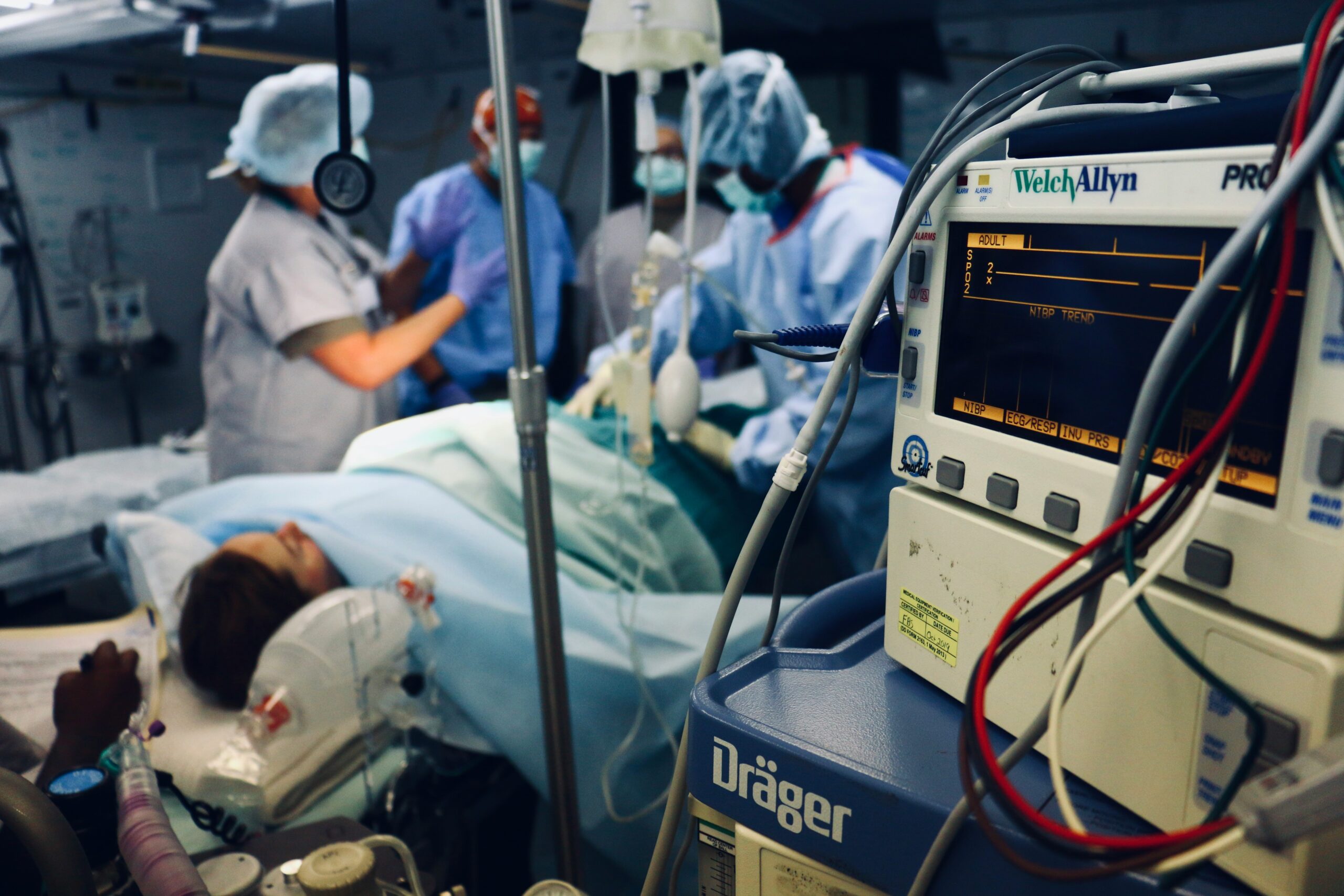
Emergency medical care stands as a vital pillar of healthcare systems worldwide, continuously adapting to meet new challenges and harnessing innovative technologies to improve patient outcomes. This article explores the current landscape of emergency medical care, highlighting key innovations, ongoing challenges, and the strides being made in this dynamic field.
Emergency medical care stands as the frontier of healthcare, constantly pushing boundaries to save lives. In today’s fast-paced world, advancements in technology and treatment protocols revolutionize how emergencies are managed. From rapid diagnostic tools to sophisticated life-support systems, every innovation aims to improve patient outcomes. Emergency responders and healthcare teams work tirelessly, navigating unpredictable situations with precision and compassion. Yet, challenges like resource allocation and public health emergencies persist, demanding continuous adaptation and preparedness. As the first line of defense in crises, it remains at the forefront, ensuring swift intervention and critical care for those in urgent need.
Evolution of Emergency Medical Care
The evolution of it has been marked by significant advancements in both technology and clinical practice. Historically, emergency response systems relied on basic life support techniques and rudimentary equipment. However, the establishment of advanced life support protocols and specialized training programs has transformed emergency care delivery.
Emergency medical care has evolved significantly over the years, adapting to meet the ever-changing demands of healthcare. Initially focused on stabilizing critical patients, modern emergency medicine integrates advanced technologies and evidence-based practices. The development of trauma centers and specialized emergency departments has improved response times and outcomes for severe injuries and illnesses. Innovations like telemedicine and mobile healthcare units extend care beyond hospital walls, reaching remote areas efficiently. Despite these advancements, challenges such as overcrowding and resource limitations persist, driving ongoing improvements in triage systems and patient management protocols. The evolution continues, ensuring this remains at the forefront of lifesaving interventions globally.
Pioneering Innovations in Emergency Medical Technology
Innovations in medical technology have revolutionized emergency care, enhancing diagnostic accuracy, treatment efficacy, and patient outcomes. Portable diagnostic devices, such as handheld ultrasound scanners and point-of-care testing kits, enable rapid assessment and immediate decision-making in emergency settings.
Telemedicine has emerged as a game-changer, facilitating remote consultations and expert guidance in real time. This capability is invaluable in scenarios where immediate access to specialized medical expertise can significantly impact patient survival and recovery.
Persistent Challenges in Emergency Medical Settings
Despite technological advancements, emergency medical settings face persistent challenges. Overcrowding remains a critical issue, leading to delays in treatment and increased patient dissatisfaction. The influx of non-urgent cases further strains resources, complicating efforts to prioritize and manage critical emergencies effectively.
Moreover, healthcare providers in emergency settings often experience high levels of stress and burnout due to the demanding nature of their work. Long hours, emotional strain, and exposure to traumatic events contribute to mental health issues among emergency medical personnel.
Strategies for Enhancing Emergency Medical Care
Addressing these challenges requires a multifaceted approach that includes system-level reforms and support for healthcare professionals. Initiatives aimed at reducing overcrowding, such as improved patient flow management and alternative care pathways for non-urgent cases, can alleviate pressure on emergency departments.
Furthermore, fostering a culture of wellness and resilience among emergency medical staff is crucial. Institutions can implement peer support programs, mental health resources, and stress management workshops to support the well-being of frontline healthcare providers.
Success Stories and Advances in Emergency Medical Practice
Despite challenges, numerous success stories underscore the impact of these innovations. Rapid response systems, including pre-hospital care protocols and coordinated trauma teams, have significantly reduced mortality rates for critical conditions such as cardiac arrest and severe trauma.
Specialized centers dedicated to stroke and heart attack care have also achieved remarkable outcomes through timely intervention and advanced treatment strategies. These centers exemplify the collaborative efforts of multidisciplinary teams in delivering high-quality emergency medical care.
Future Directions and Emerging Technologies
Looking ahead, the future of these holds promise with advancements in personalized medicine, telehealth integration, and artificial intelligence. Genomic profiling and biomarker research aim to customize treatment plans based on individual patient characteristics, improving therapeutic outcomes and reducing adverse events.
Artificial intelligence applications, such as predictive analytics and machine learning algorithms, have the potential to optimize resource allocation, streamline triage processes, and enhance clinical decision support in emergency settings. These technologies represent a paradigm shift towards more efficient and patient-centered delivery.
Emergency medical care continues to evolve at the intersection of innovation, resilience, and compassionate patient care. While facing ongoing challenges such as overcrowding and provider burnout, the field remains committed to advancing medical technology, improving clinical practices, and supporting the well-being of healthcare professionals. By embracing innovation and collaboration, emergency medical care strives to uphold its mission of saving lives, alleviating suffering, and promoting health in times of crisis.